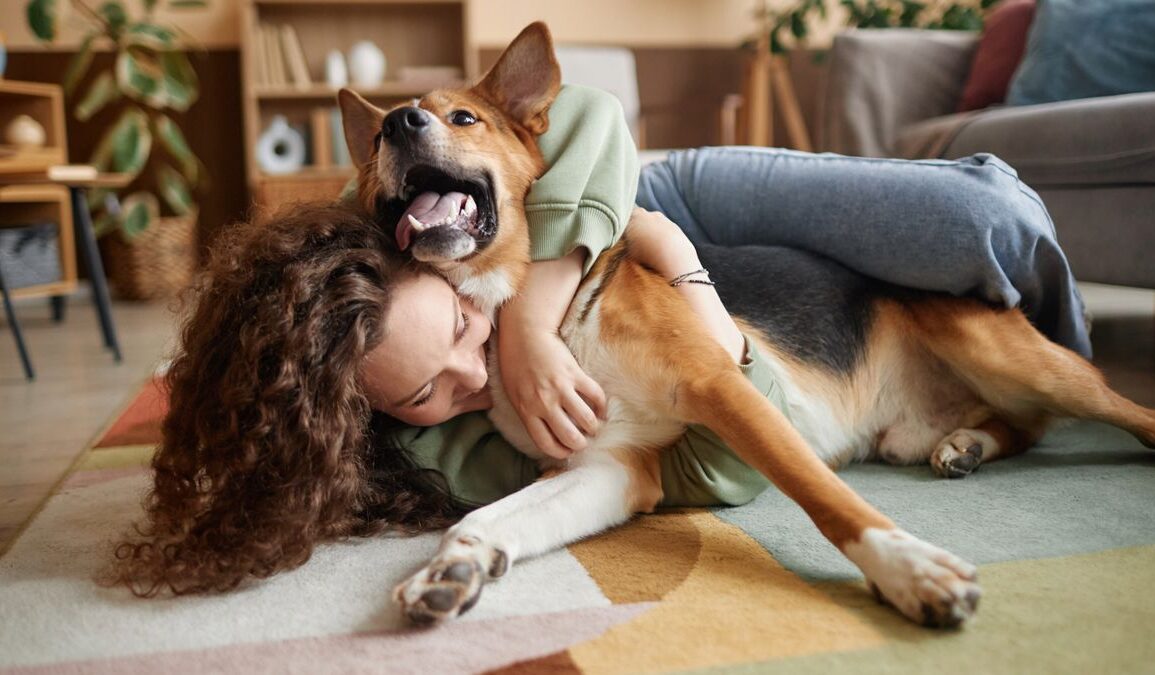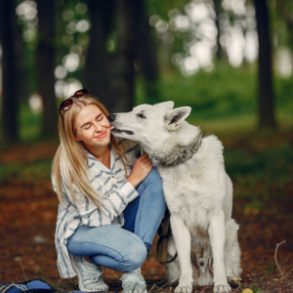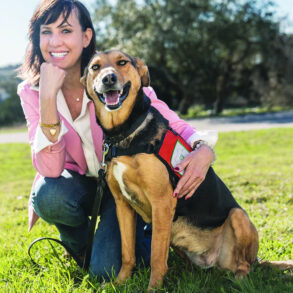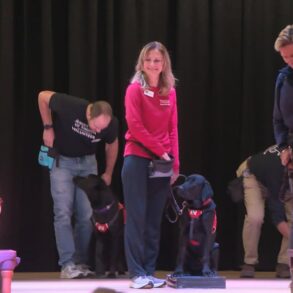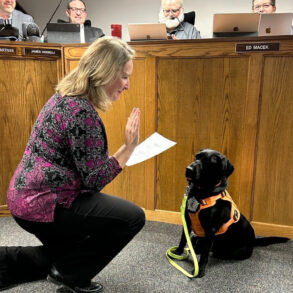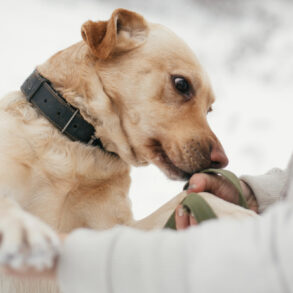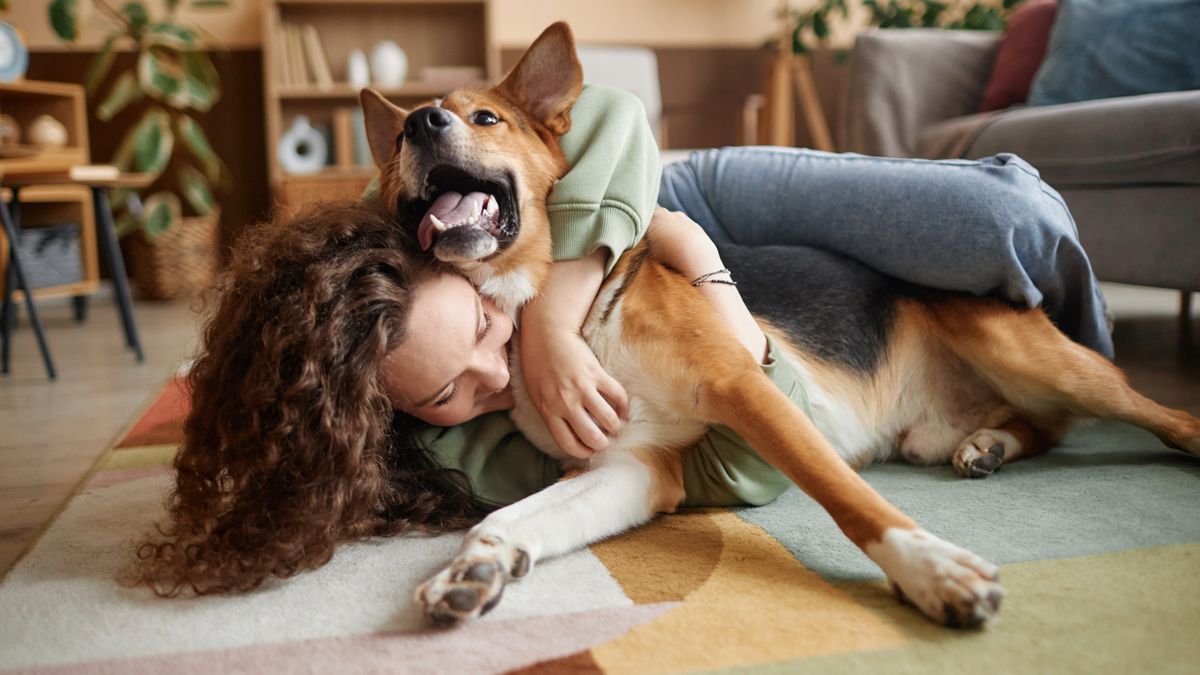
It can often feel as though we’re truly on the same wavelength as our dogs – in sync with them perhaps.
As far-fetched as that might sound, new research has indicated that there’s some truth in it, as dogs can ‘feel’ our emotions through our heart rate. So, while your dog may not quite have worked out how to tell you they want some more of the best dog treats telepathically, there is still a profound connection there.
A recent study from the University of Jyväskylä in Finland has explored the relationship dynamics between dogs and their humans, particularly in terms of heart rate variability. This refers to the change in time intervals between heartbeats, which indicates the state of the autonomic nervous system – the network of nerves that handle the unconscious things our body does like breathing.
High heart rate variability can signify relaxation and rejuvenation, whereas low heart rate variability can indicate stimulation and strain.
This is the same for our dogs, too – as the team from the Department of Psychology and Jyväskylä Centre for Interdisciplinary Brain Research found.
A dog’s heart rate variability adapted to match their parent’s during an interaction. When the human’s variability was high, the dog’s would be too. And, when they had low variability, signifying activity, the dog would also be more active.
Doctoral researcher Aija Koskela explained that the connection between human and canine was especially prevalent when resting. She said, “The interconnection in heart rate variability between the dog and its owner during resting periods may be explained by the fact that in those instances there were no external tasks, but the counterparts could react more to each other’s state in a natural way,” noted Koskela.
This all means that our pups could be more in tune with our emotions than we thought, and that our dogs could influence our own emotional states – though this won’t come as a surprise to anyone who’s ever been cheered up by a dog resting their head on their lap.
The research showed that dog parents prone to negative affectivity, which involves feelings of anxiety, insecurity, and sensitivity, interestingly have higher heart rate variability. These people will often form strong emotional bonds with their dogs, providing a feeling of safety.
Going forward, it would be interesting to explore how different emotional states – not just those of the dog parents – could influence a dog’s physiological response. But this study could help us help ourselves and help our pups. It looks as though stress reduction in humans could benefit our pets, too, which could have a positive impact on how we view mental health treatment and wellness.
If you’ve noticed that your dog often displays symptoms of anxiety, meanwhile, you might find these 32 ways to support a scared or anxious pet useful. Meanwhile, here’s how to calm a dog down during periods of high anxiety.
This post was originally published on this site be sure to check out more of their content.




